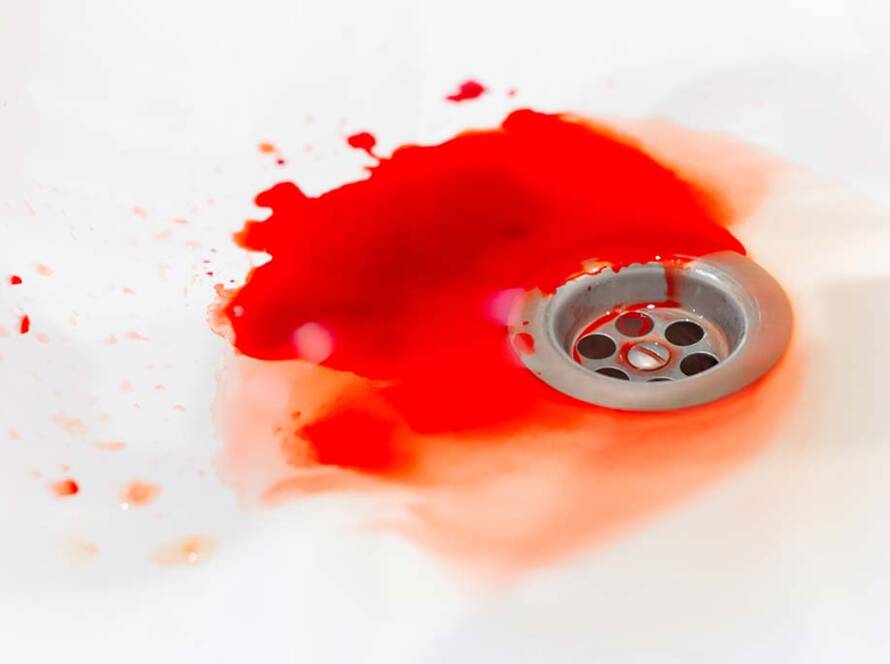Quiz time! How many of you artists know the differences between black paints? Don’t be too embarrassed or discouraged if you don’t know. Honestly, one of the most commonly asked questions amongst the many artists I’ve encountered is: what is the difference between black paints? Now, the plain and simple answer would be: the pigments used is what makes them different. Obviously, that’s a more short nondescript answer, but nonetheless, it’s true! The biggest difference between black paints all comes down to the types of pigments used.
There are tons of variations of black paint, some of which can only be found in certain brands or mediums. But, for simplicity’s sake we’ll only be going over the more commonly used versions in just about any medium or grade level. These commonly found black paints are Ivory, Bone, Lamp, Mars, and Carbon Black. Now, let’s take a more in depth look into what makes these black paints so different from one another.
The most recognizable name you’ll see in most brands, in just about any medium, is Ivory Black. Ivory Black is by far and large the most affordable and readily available black paint there is. You may be wondering how that is, after all, ivory is such a rare scarcity that it’s even illegal to sell it. So how is it possible that it’s so cheap and easy to find in most paint brands? The answer is simple: they don’t use any ivory.
Despite what the name may suggest, Ivory Black isn’t made from actual ivory, at least not anymore. Rather, it’s currently being made from charred animal bones taken from the meat industry. As confusing as it may seem, most brands still call this black Ivory Black despite not containing any actual ivory. Some have since opted to call it by its newer name Bone Black.
To clarify, both Ivory and Bone Black are made from the same materials and are the same product. So from this point forward I’ll just be referring to it as Ivory Black, but just know that there is no real significant difference between the two outside of their names. Something to also note is that regardless of which name is being used, both blacks contain pigment PBk9 which is not vegan!
As for the paints’ artistic properties, this paint is rather semi-opaque/semi-transparent, has a rather lower tinting strength, and tends to lean more warm toned. Due to its low opacity and tinting strength, this is one of the better black paints to use for lightly tinting your colors. Unlike other black paints, Ivory Black won’t significantly darken or “muddy” your colors. Furthermore, when lightened with white, you can make close matches to Neutral Gray paints depending on your ratios. Moreover, this black is great for creating glazes due to its natural transparency.
As its name would suggest, Lamp Black was traditionally made from the residual soot residue collected from oil lamps. Nowadays, companies rely on burning gasses or oils to produce the pigments needed to create this color. Unlike Ivory Black, Lamp Black is cooler toned and creates a more bluish-grey color when mixed with white. Lamp Black also has a higher tinting strength and is more semi-opaque to opaque. This means it’ll have an easier time darkening color when compared to Ivory Black. However, due to its slightly lighter opacity, it’s not the darkest black paint there is.
Unlike all the other black paints on this list, Mars Black is a relatively newer paint! Created during the 20th century (from 1901 to 2000), this black quickly became revolutionary! Mars Black was created as a synthetic made replacement to natural made black paints that consisted of carbon. For reference, the original Ivory Black that was being produced at this time contained real ivory and was known as being the most opaque black paint there is. However, once Mars Black was created, it was a close match in not only opacity, but also in tinting strength to Ivory Black. And as thus, Mars Black quickly became popular; not only was it a close alternative to Ivory Black, but it was also cheaper to make.
Unlike modern day Ivory Black, which is great for glazes, Mars Black is better suited for underpaintings. Additionally, Mars Black doesn’t make a great mixing black. Due to its high opacity, Mars Black can easily overpower most other colors causing them to look muted or “muddy”. Although it doesn’t make the greatest tinting black, it can still be a rather useful color.
Most people and even brands claim that Mars Black has a warmer brown undertone, but in my opinion I believe Mars Black has more of a cooler tone. I feel like this is especially noticeable when it’s tinted with Titanium White; you get grays that look more blueish-green than anything else. Regardless of which tone you see, Mars Black is still an incredibly opaque black best suited for backgrounds, underpaintings, and for getting rich, deep, shadows!
Lastly, let’s talk about Carbon Black! Created by carbonizing materials such as coals and natural gasses, Carbon Black is made in a similar fashion to Lamp Black. Now while Carbon Black does have some similarities to Lamp Black, it’s far closer in artistic properties to Mars Black. Carbon Black is fully opaque just like Mars Black, but unlike Lamp or Mars Black, Carbon Black is a true neutral black! It’s neither cool or warm toned, giving you beautiful neutral grays when mixed with white. Just like with Mars Black, Carbon Black is also great for backgrounds, underpaintings, and for achieving dark shadows.
In conclusion, there are many subtle and drastic differences between black paints! Finding the right one for you all depends on your style and preferences. Do you want a black suitable for tinting colors, or do you want a rich black that will help you get dark shadows? Are you looking for a black paint that gives you warm, cool, or neutral toned grays when mixed with white? Transparent or opaque; do you like to do glazes or underpaintings? All of these things should be taken into consideration when choosing the best black paint for you!
Sources:
Mark Peplow, 2015, ‘The Reinvention of Black’, Aug. 11 2015, https://nautil.us/the-reinvention-of-black-235583/#:~:text=Around%20the%20middle%20of%20the,time%E2%80%94%20to%20make%20iron%20oxide.
Liquitex Uncapped, ‘Mars Black’, https://www.liquitex.com/blogs/uncapped/mars-black?_pos=1&_psq=mars+bl&_ss=e&_v=1.0
Scott Bennett, 2013, ‘Four New Experimental Products’, Feb. 1 2013, https://justpaint.org/four-new-experimental-products/
Evie Hatch, 2021, ‘Pigment Colour Index: Black Pigments’, Nov. 17 2021, https://www.jacksonsart.com/blog/2021/11/17/pigment-colour-index-black-pigments/
Evie Hatch, 2020, ‘Getting The most Out Of Using Black Pigments In your Palette’, Nov. 27 2020, https://www.jacksonsart.com/blog/2020/11/27/exploring-the-differences-between-black-pigments/



1 Comment
Valerie Lynch
I just started receiving the links to your blogs. This one is especially appreciated. Two years ago I was doing a “Black & White” painting. I was trying to find the right black-but they all seemed to be too bluish or brownish to get the effect I wanted. The internet research was so time consuming and not always helpful. This article puts all the info in one place. Thank you.
Comments are closed.